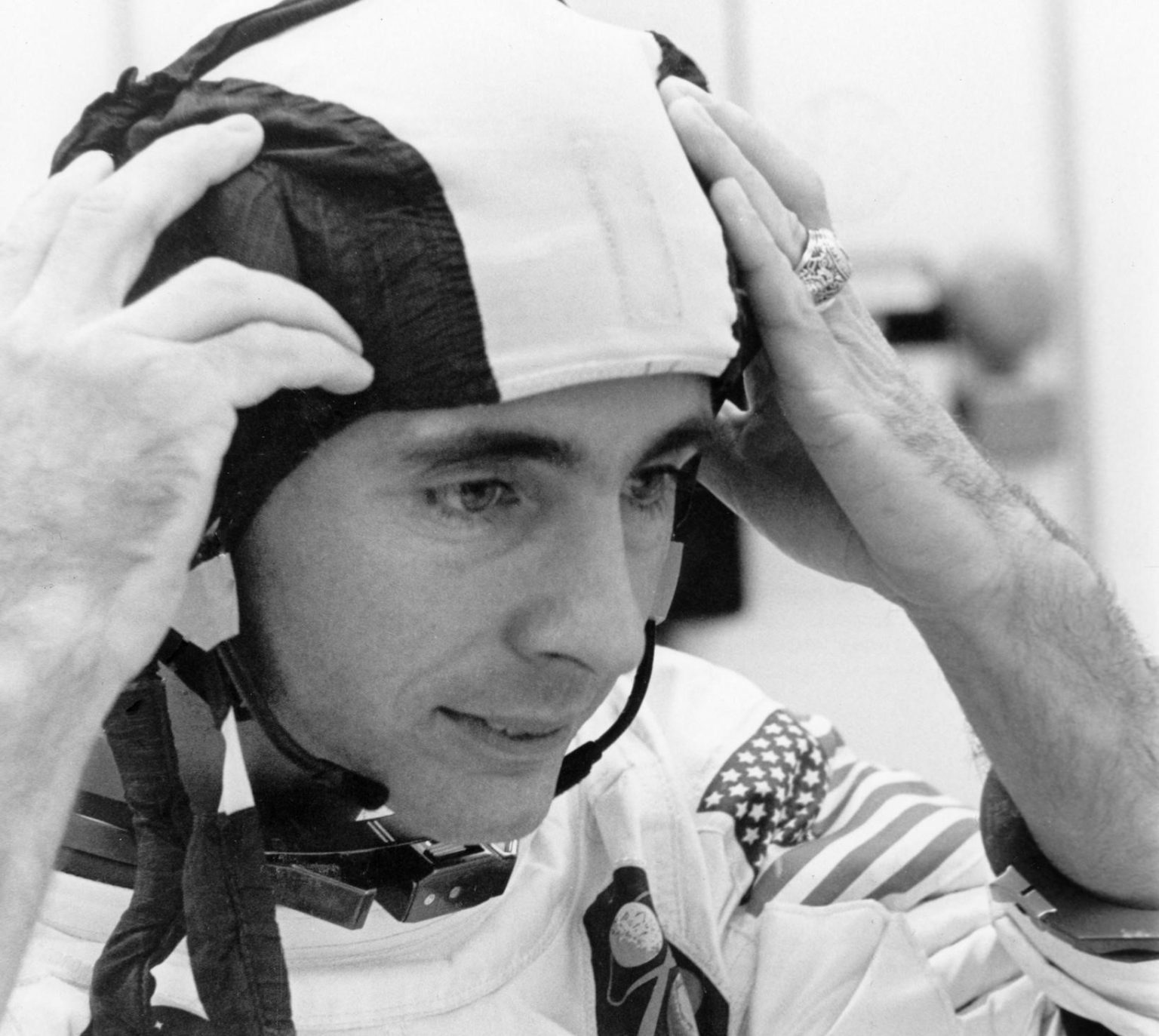Bill Anders, the astronaut known for taking the iconic ‘Earthrise’ photo during the Apollo 8 mission in 1968, passed away in a plane crash off the San Juan Islands. Aged 90, Anders’ son, Greg, confirmed his death, expressing devastation at the loss. NASA Administrator Bill Nelson paid tribute, highlighting Anders’ contributions to space exploration and the impact he had in helping people see themselves through his photographs from space.
Known for his role as the lunar module pilot on Apollo 8, Anders continued to be active in the aviation community in Seattle even after his spaceflight. He founded the Heritage Flight Museum and later moved to Orcas Island before settling in Anacortes, Washington. The crash occurred as Anders was flying an older-model airplane off the coast of Jones Island, leading to a search effort involving multiple agencies including the U.S. Coast Guard and the Washington Department of Fish & Wildlife.
Anders, the son of a U.S. naval officer, was born in Hong Kong and went on to become an Air Force pilot in 1956 before being selected to join NASA’s astronaut corps in 1963. Following his participation in Apollo 8, there was some initial controversy over the ownership of the ‘Earthrise’ photo, but historians now agree that Anders was the one who took the famous picture. This image became a symbol for environmental awareness and inspired feelings of planetary interconnectedness among those who viewed it.
After his space missions, Anders continued to serve in various administrative roles at NASA before eventually leaving to join the Atomic Energy Commission and later becoming the first chairman of the reorganized Nuclear Regulatory Commission. Throughout his career, he also served as an ambassador to Norway and held executive positions in the nuclear and aerospace industries. In retirement, Anders and his wife established the Anders Foundation to support educational and environmental causes, while their children took over the Heritage Flight Museum.
Anders’ legacy extends beyond his work on Earth and in space. The International Astronomical Union honored him by renaming one of the craters seen in his famous ‘Earthrise’ photo as ‘Anders’ Earthrise’ to mark the 50th anniversary of the Apollo 8 mission in 2018. His impact on environmental awareness and the feeling of unity brought about by seeing Earth from space has left a lasting impression on the space community and the world.












